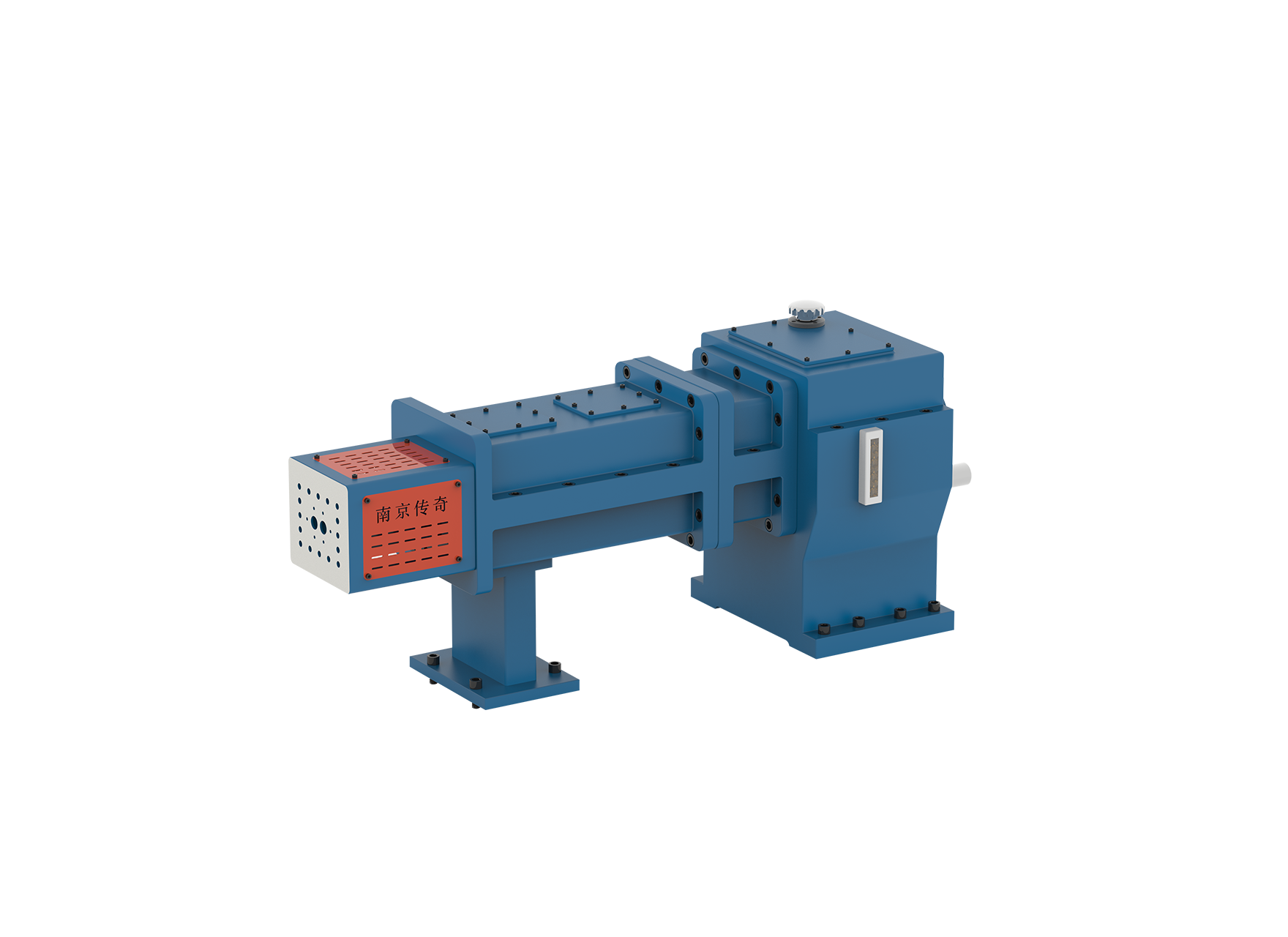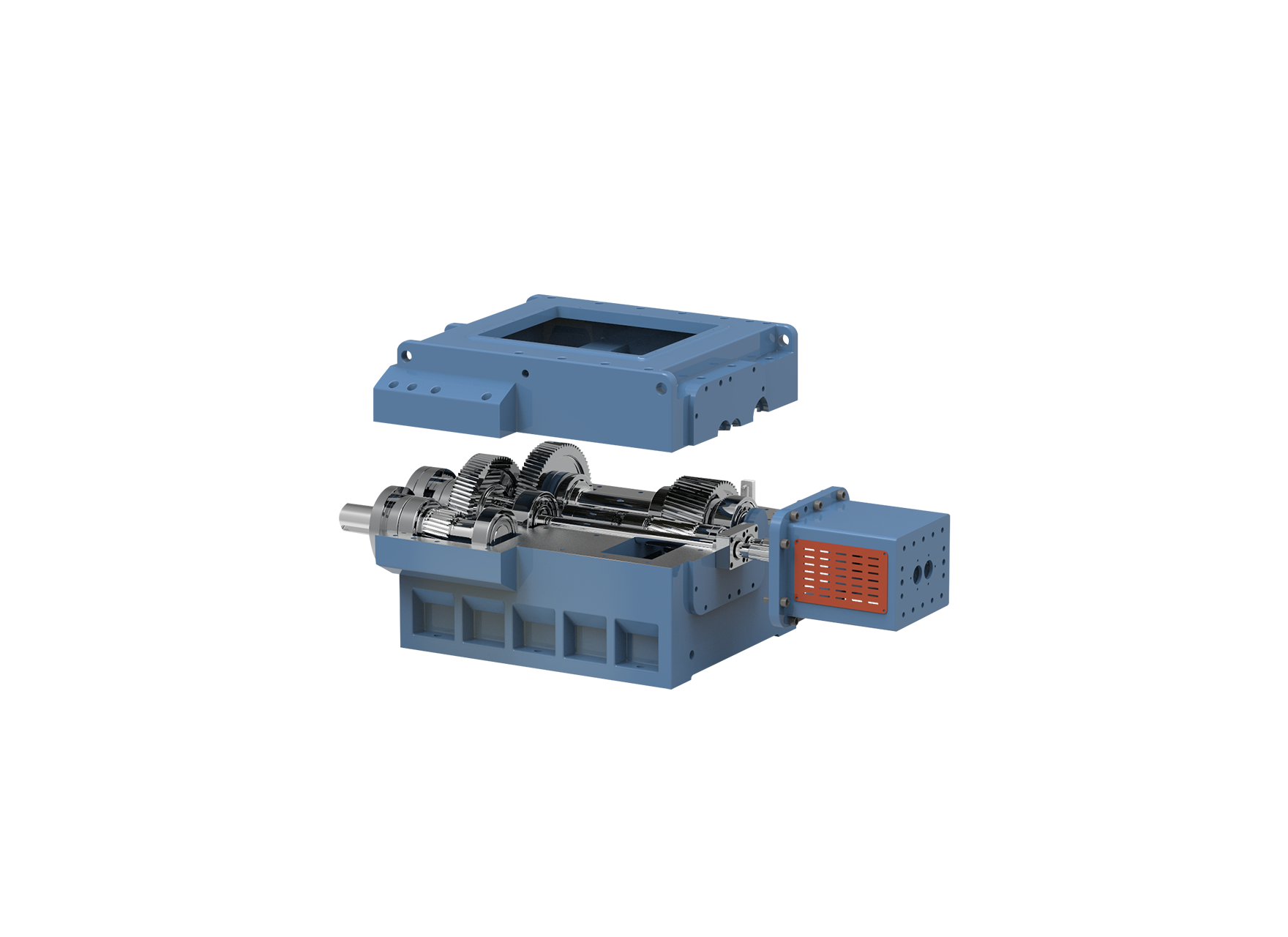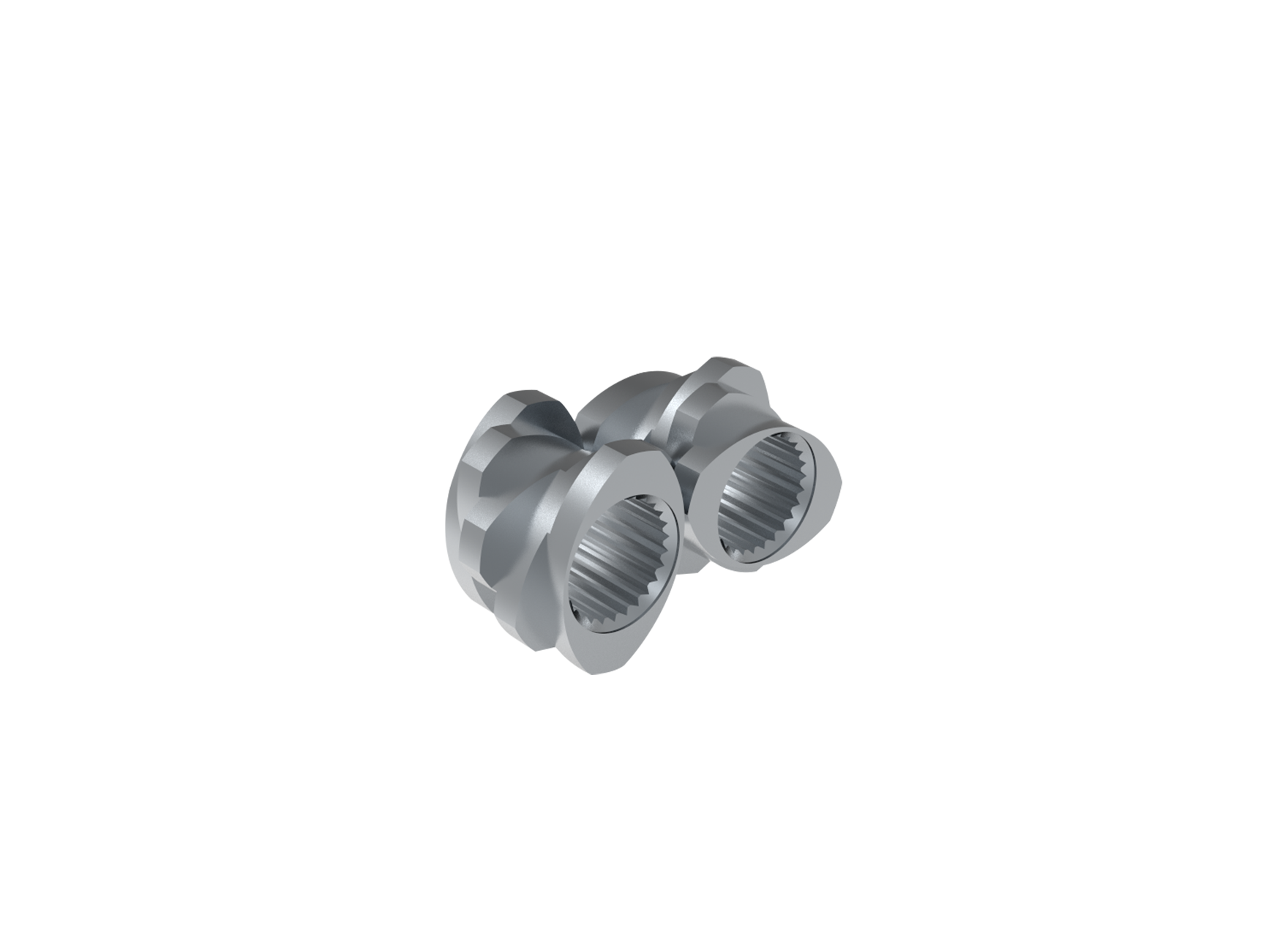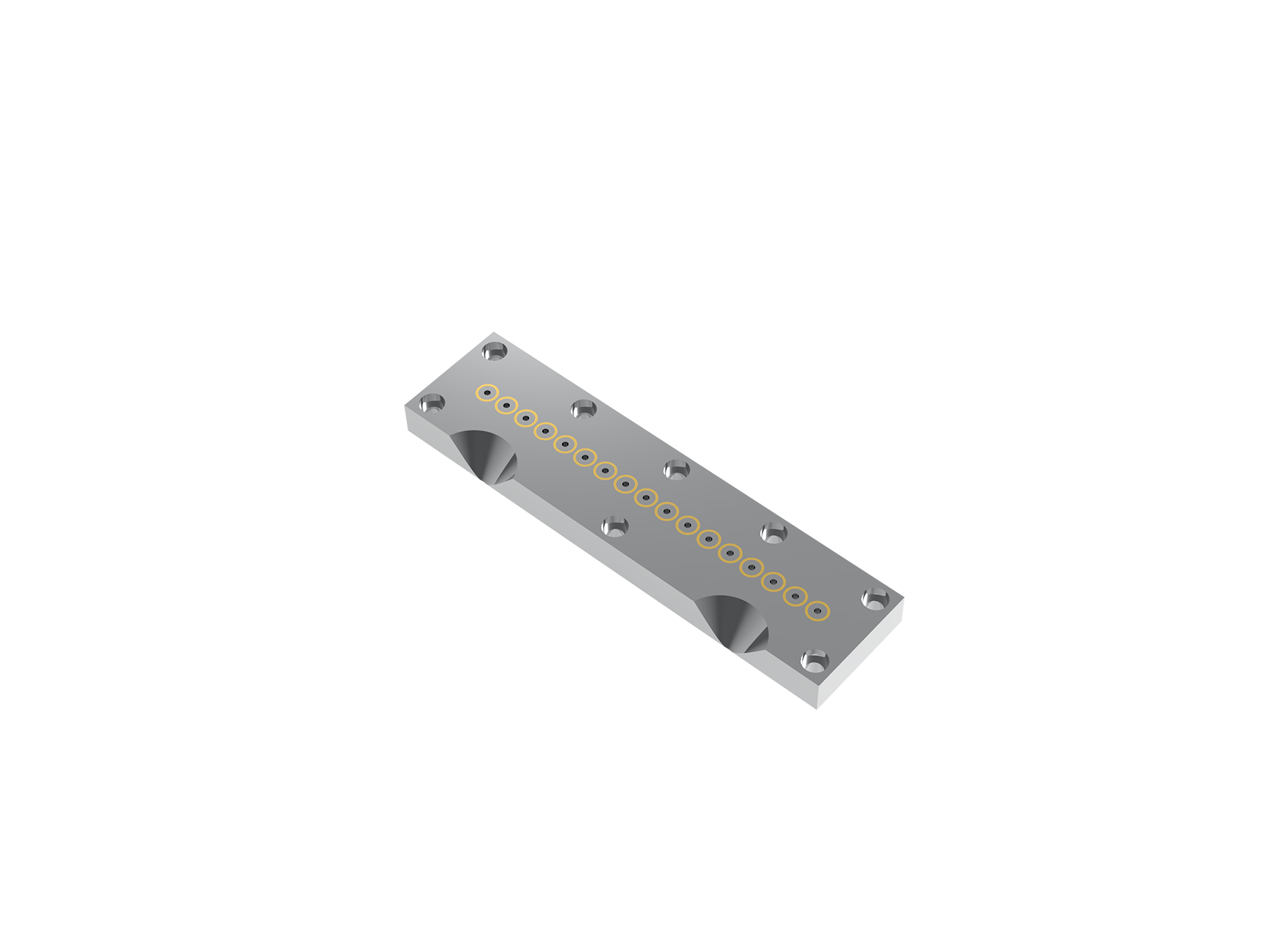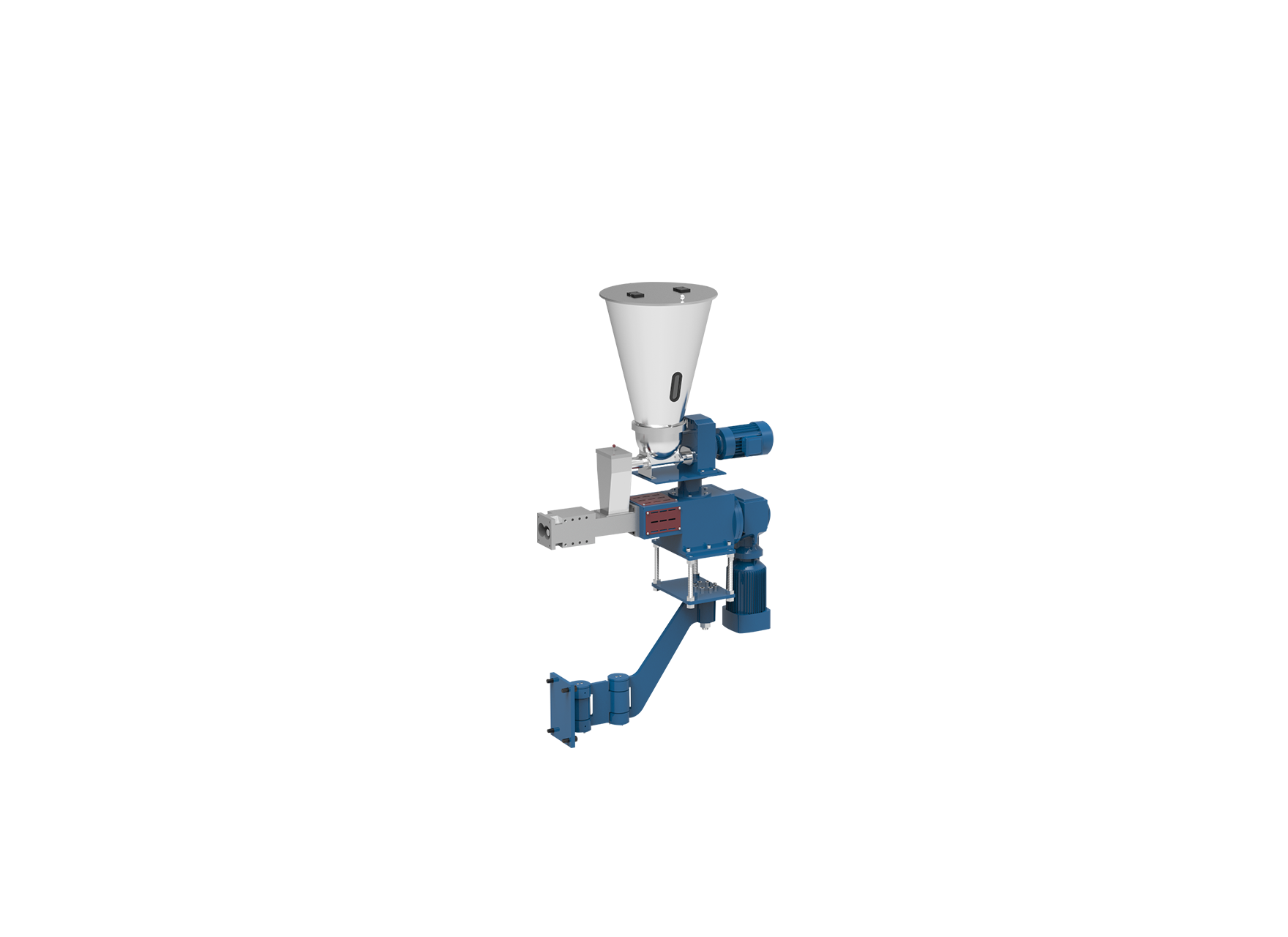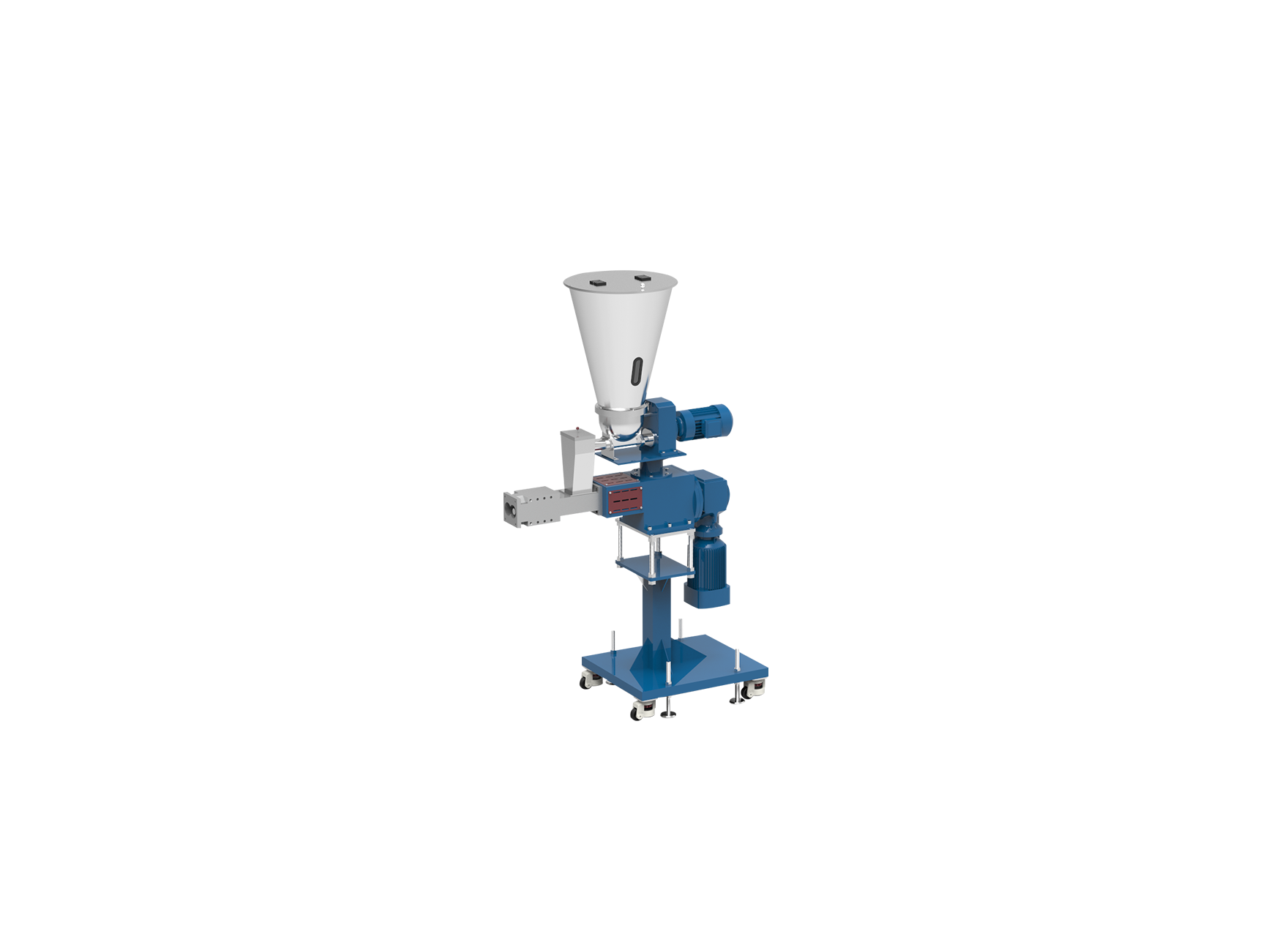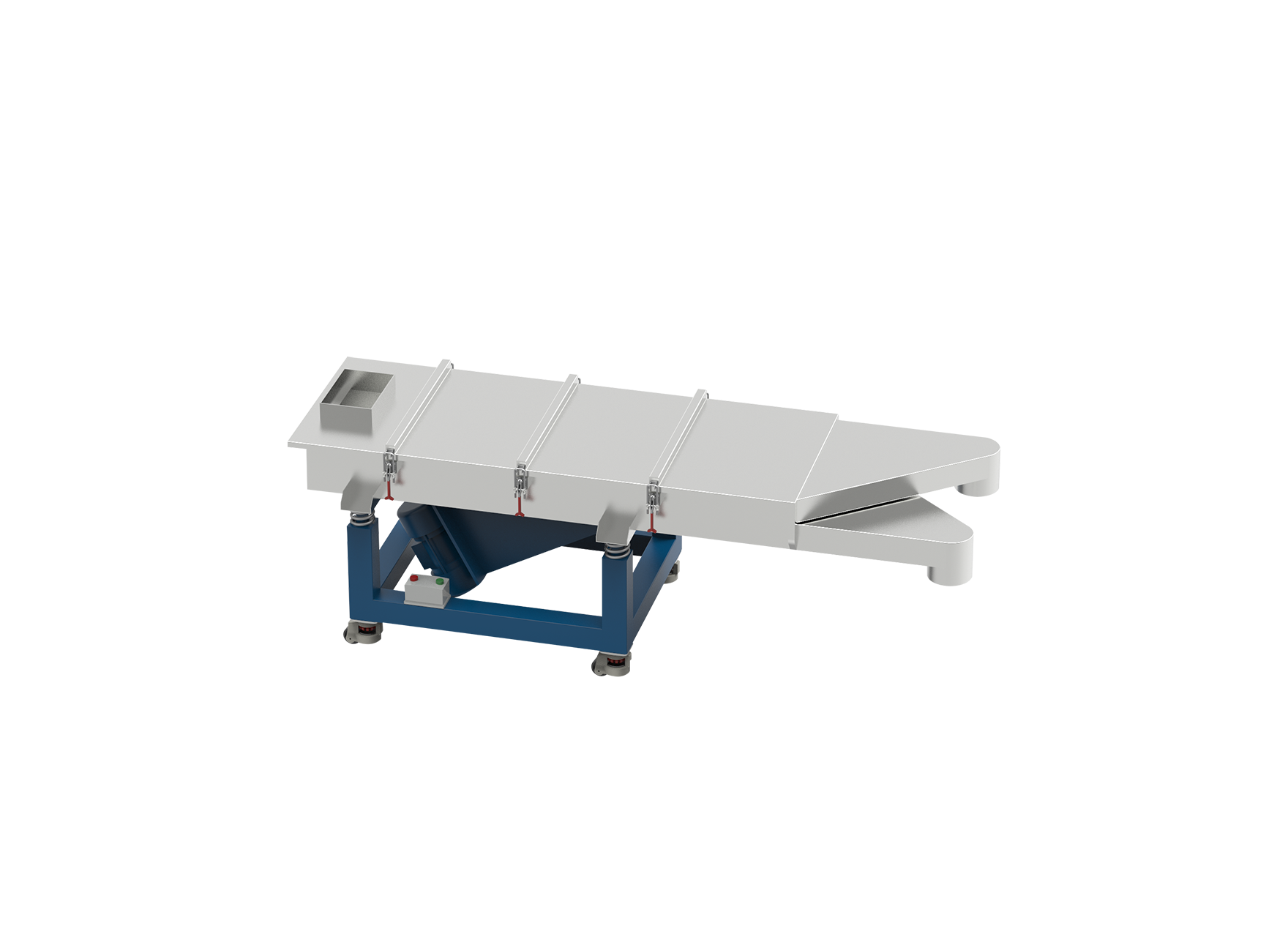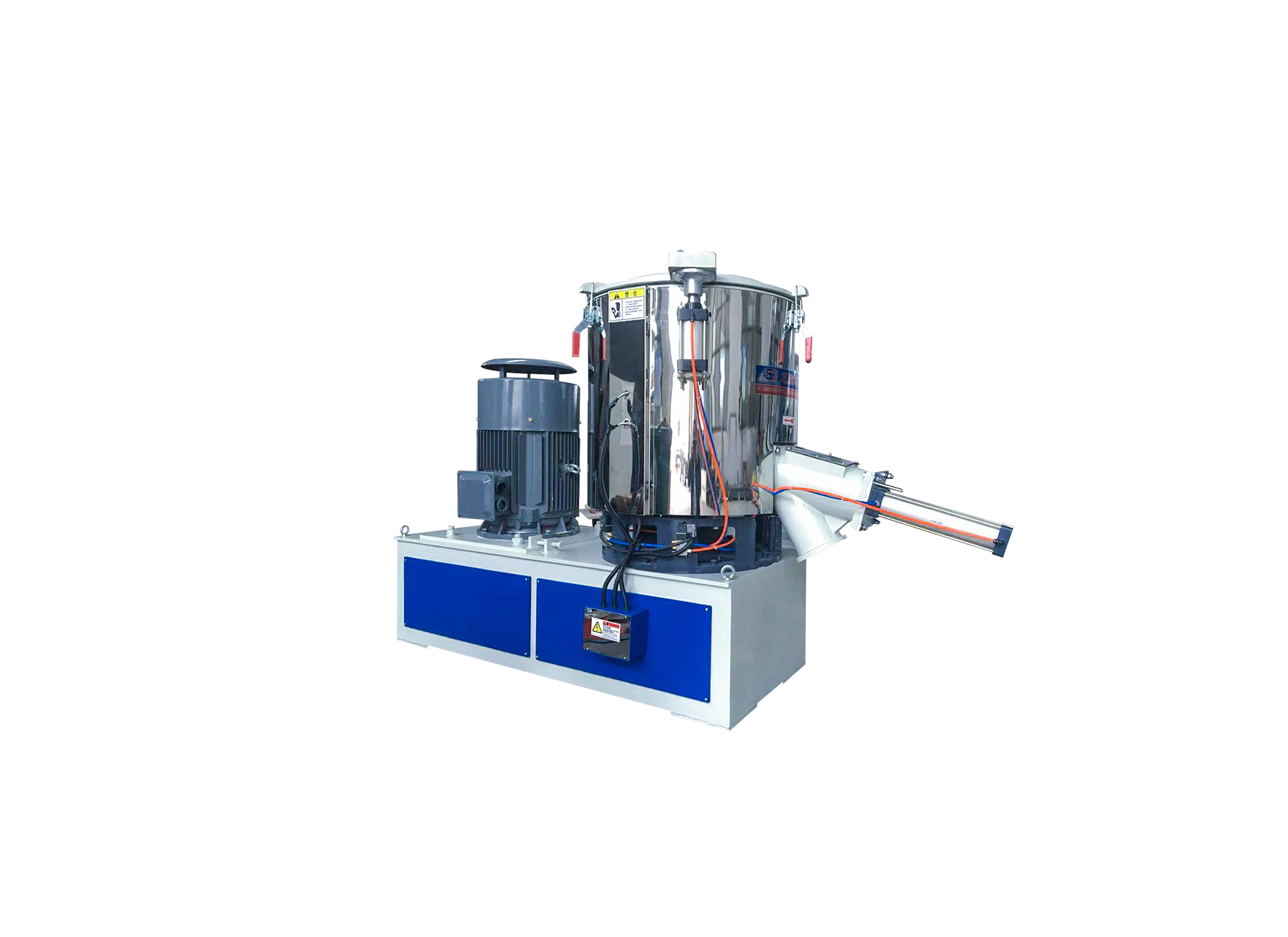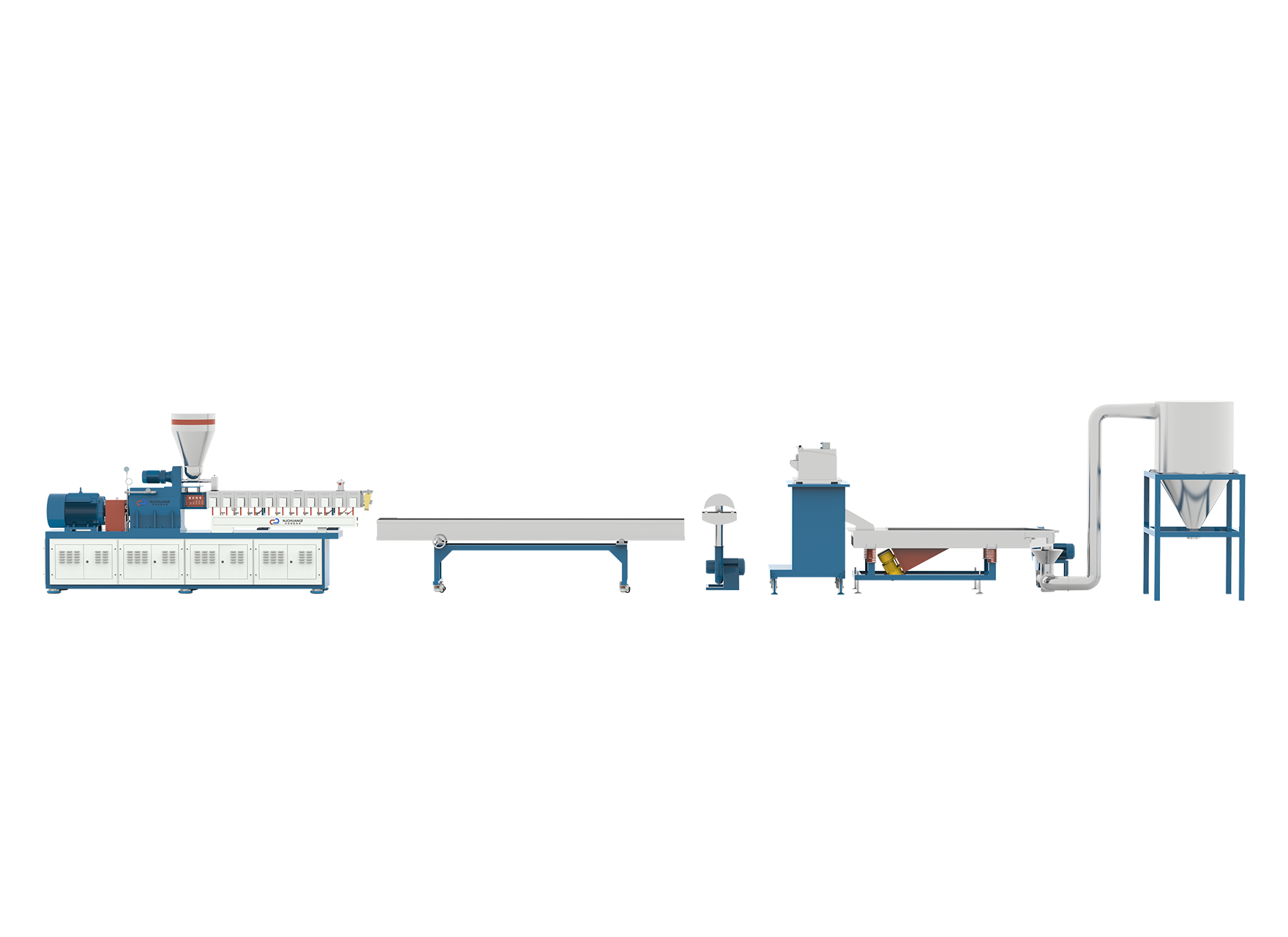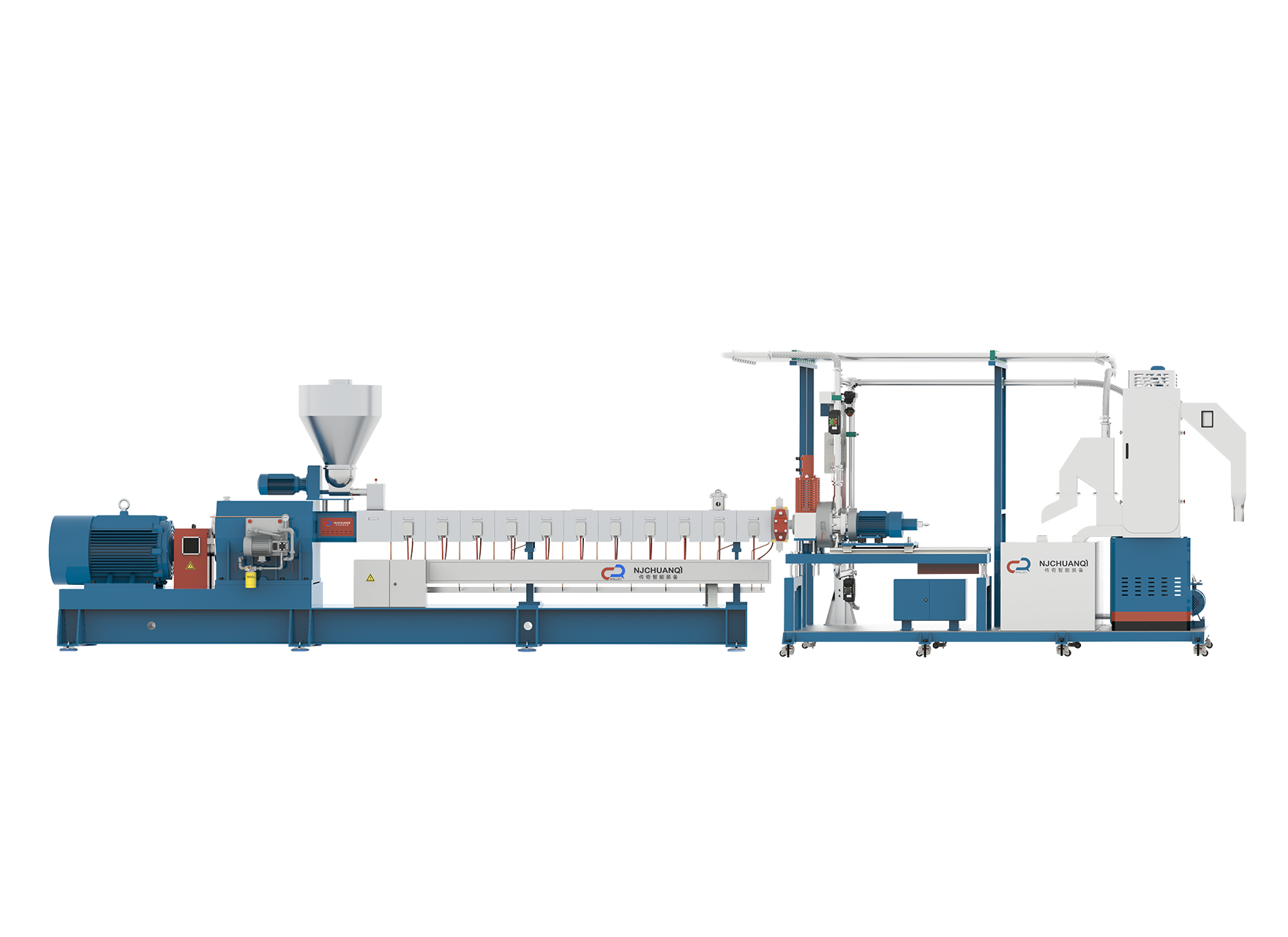High Quality Lab Extruder Machine Factory Producer in China
In the modern era of manufacturing, the integration of digital intelligence is transforming the way products are designed, developed, and produced. The lab extruder machine factory, which plays a crucial role in the production of polymer and plastic materials, is no exception. The adoption of digital technologies can significantly enhance the efficiency, accuracy, and innovation potential of these factories. This article explores the various strategies and technologies that the lab extruder machine factory can employ to elevate its digital intelligence.
The first step towards digital intelligence in the lab extruder machine factory is the implementation of advanced data analytics. By collecting and analyzing data from various stages of the production process, factories can identify inefficiencies, predict maintenance needs, and optimize their operations. This can be achieved through the use of sensors and software that can monitor machine performance, energy consumption, and product quality in real time.
Another critical aspect of digital intelligence is the integration of Industry 4.0 technologies. This includes the Internet of Things (IoT), which allows for the interconnectivity of machines and devices, enabling seamless communication and data exchange. By connecting lab extruder machines to the IoT, factories can gain insights into the performance of individual machines and the production line as a whole, leading to more informed decision-making and improved production outcomes.
The use of artificial intelligence (AI) and machine learning (ML) algorithms is also a significant part of enhancing digital intelligence in the lab extruder machine factory. AI can be used to automate complex processes, such as adjusting machine parameters in response to real-time data, which can lead to more consistent product quality and reduced waste. ML algorithms can be trained on historical production data to predict and prevent potential issues before they occur, further streamlining the production process.
Digital twins, which are virtual replicas of physical machines, are another powerful tool for the lab extruder machine factory. These digital models can be used to simulate different production scenarios, allowing engineers to test and optimize machine configurations without disrupting the actual production line. This can lead to faster development times and reduced costs associated with trial and error.
The incorporation of additive manufacturing, or 3D printing, can also contribute to the digital of the lab extruder machine factory. By enabling the rapid prototyping of new machine parts and designs, additive manufacturing can accelerate the innovation process and allow factories to respond more quickly to changing market demands.
Furthermore, the development of a robust cybersecurity framework is essential for protecting the digital infrastructure of the lab extruder machine factory. As more systems become interconnected and reliant on digital data, the risk of cyber threats increases. Implementing strong security measures can ensure the integrity of the factory's digital systems and protect valuable intellectual property.
Finally, investing in the training and development of the workforce is crucial for the successful adoption of digital intelligence in the lab extruder machine factory. Employees must be equipped with the skills and knowledge to operate and maintain advanced digital systems, as well as to interpret and act on the data they generate.
In conclusion, the path to enhanced digital intelligence in the lab extruder machine factory is multifaceted, involving the integration of data analytics, Industry 4.0 technologies, AI, ML, digital twins, additive manufacturing, and robust cybersecurity measures. By embracing these strategies, factories can improve their operational efficiency, accelerate innovation, and maintain a competitive edge in the global market. The lab extruder machine factory must adapt and evolve with the times, leveraging digital intelligence to meet the challenges of the future head-on.

 English
English 中文简体
中文简体 русский
русский عربى
عربى +86-189 1339 2785
+86-189 1339 2785
